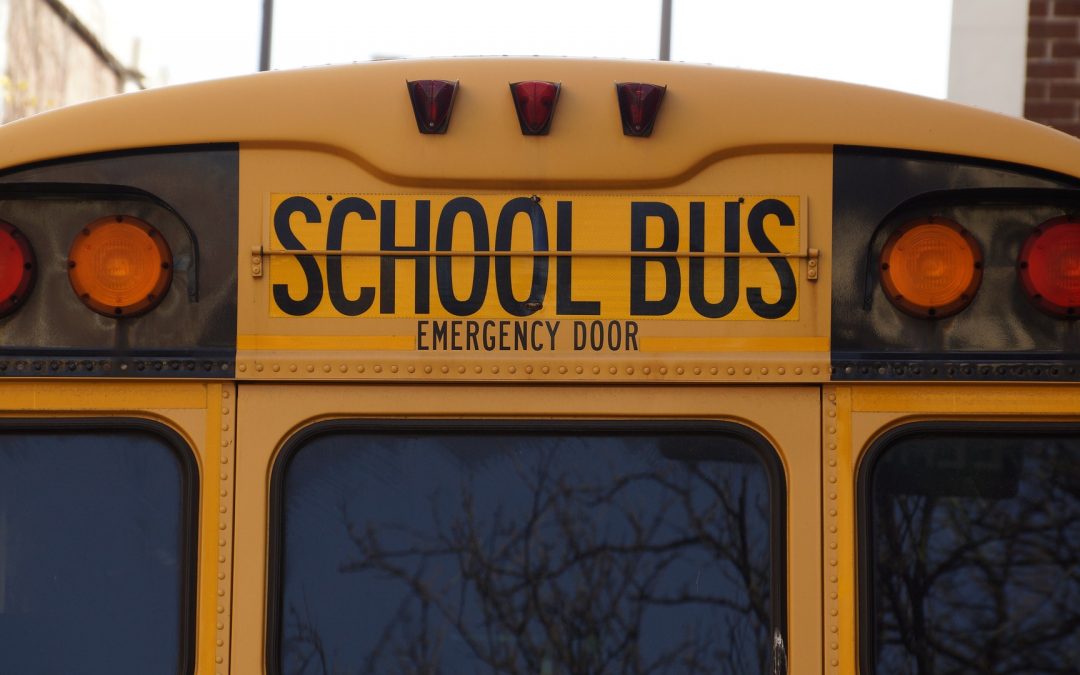As we approach the end of the summer and the new school year, anyone with children is starting to think about all the school supplies and books they need to buy. But, in addition to the typical and necessary things children need for school, new clothing somehow always finds its way to the shopping list.
It seems as though the clothing is becoming smaller and skimpier and as such, encouraging our children, especially for school, to choose modest items is proving more difficult. Because of this, many schools are opting to establish dress codes or even uniforms. Although this seems like a great solution to a widespread problem, it actually creates many challenges for parents, students, and teachers.
The dress code, which is often the first choice, is great because it allows the school to set guidelines while maintaining the ability for students to express themselves and be unique. A dress code can encourage unity among students, greater productivity in the classroom, save time in the morning and instill a real world appropriate vs. non – concept. On the other hand, there are many challenges to implementing a dress code. The biggest problem with a dress code is the inability to enforce rules uniformly. Often teachers must make judgments based on rules that can seem unfair to students. Especially with rules like the fingertip rule (where shorts and skirts should rise no higher than the tips of one’s finger), which varies greatly based on a person height and length of their arm or legs. Leaving it up to a teacher to decide what is ‘too tight’ can even leave students feeling picked on and judged.
Overall, dress codes work to ensure that the school environment remains conducive to learning and while there may be obstacles to achieving that, it is the smallest and simplest way to maintain control.
What do you remember from dress codes when you were in school? How does that compare to the dress codes in our children’s schools today?

